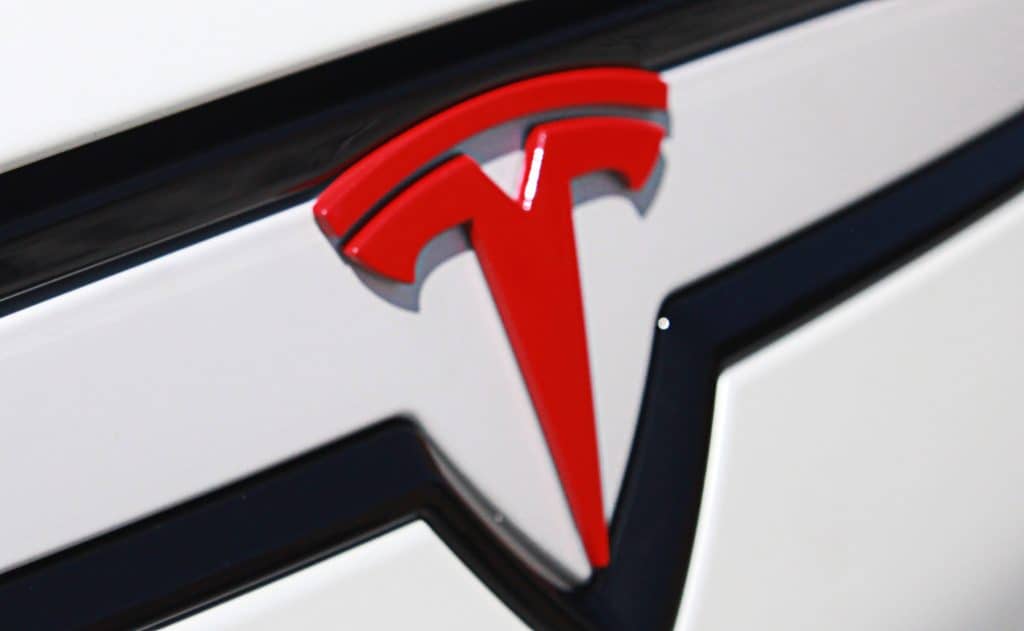Elon Musk’s Twitter is a treasure trove for conspiracy hunters. The billionaire behind Tesla Motors rocked Twitter earlier this week when he said that robotaxis will be a better business than traditional EVs.
Here is what he said,
“To be clear, consumers will still be able to buy a Tesla, but the clearing price will rise significantly, as a fully autonomous car that can function as a robotaxi is several times more valuable than a non-autonomous car.”
EV enthusiasts lose their cool
If you could only find one person who can literally trash their own core market on Twitter, it would be Elon Musk. The entrepreneur’s tweet made several EV enthusiasts lose their cool, but what Musk said was that the price of non-autonomous cars might go up significantly if self-driving cars become the norm. This doesn’t mean Tesla will stop producing non-autonomous vehicles. It would simply mean a rise in their prices.
However, even the diluted message from his tweets doesn’t seem too good for several people who want to buy a Tesla someday in the future. Note that Elon Musk had earlier noted that there would be a million robo-taxis on roads by 2020. They are making such comments evoked the wrath of Baillie Gifford, the company’s biggest shareholder, which remains quiet about its investments. Two officials from the Scottish firm even suggested that Musk must not make promises with deadlines that look improbable.
Running the numbers on claims
Does Musk’s vision of having autonomous robo-taxis more sense than it the good old non-autonomous EVs. Statista suggests that over 79 million cars were sold around the world in 2018. If all these cars were to be replaced by self-driving vehicles, it would take 11 years. In 2016, there were 1.3 billion vehicles in the world with passenger vehicles just shy of a billion.
Tesla’s claims are outrageous at best and rubbish at worst. The robotaxis they aim to make will reportedly have a million-mile drivetrain. An average tax doesn’t even make 200,000 miles. Now, these cars are also shared by several people at once, which means we won’t need any more taxis than we have today. Still, there are rush hour statistics to be taken into account. If the US average of 832 vehicles per 1,000 people (2016 numbers) are taken into account, we will need 6.5 billion cars for a population of about eight billion.
Musk’s auto company would either need 650 factories to produce 500,000 per year or have 100 factories produce 3 million cars per year to achieve this goal in the next decade. With the rising demand for cars like the Model 3, such targets look more foolish than ambitious. What’s your view?
Trusted & Regulated Stock & CFD Brokers
What we like
- 0% Fees on Stocks
- 5000+ Stocks, ETFs and other Markets
- Accepts Paypal Deposits
Min Deposit
$200
Charge per Trade
Zero Commission on real stocks
64 traders signed up today
Visit Now67% of retail investor accounts lose money when trading CFDs with this provider. You should consider whether you can afford to take the high risk of losing your money.
Available Assets
- Total Number of Stocks & Shares5000+
- US Stocks
- German Stocks
- UK Stocks
- European
- ETF Stocks
- IPO
- Funds
- Bonds
- Options
- Futures
- CFDs
- Crypto
Charge per Trade
- FTSE 100 Zero Commission
- NASDAQ Zero Commission
- DAX Zero Commission
- Facebook Zero Commission
- Alphabet Zero Commission
- Tesla Zero Commission
- Apple Zero Commission
- Microsoft Zero Commission
Deposit Method
- Wire Transfer
- Credit Cards
- Bank Account
- Paypall
- Skrill
- Neteller
What we like
- Sign up today and get $5 free
- Fractals Available
- Paypal Available
Min Deposit
$0
Charge per Trade
$1 to $9 PCM
Visit Now
Investing in financial markets carries risk, you have the potential to lose your total investment.
Available Assets
- Total Number of Shares999
- US Stocks
- German Stocks
- UK Stocks
- European Stocks
- EFTs
- IPOs
- Funds
- Bonds
- Options
- Futures
- CFDs
- Crypto
Charge per Trade
- FTSE 100 $1 - $9 per month
- NASDAQ $1 - $9 per month
- DAX $1 - $9 per month
- Facebook $1 - $9 per month
- Alphabet $1 - $9 per month
- Telsa $1 - $9 per month
- Apple $1 - $9 per month
- Microsoft $1 - $9 per month
Deposit Method
- Wire Transfer
- Credit Cards
- Bank Account



